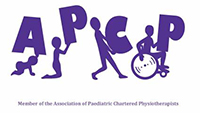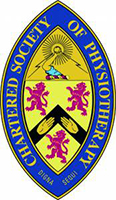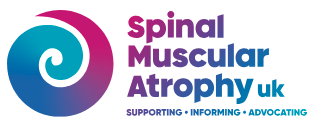Electrotherapy
What is Functional Electrical Stimulation?
Functional electrical stimulation (FES) is a form of treatment that sends an electric current to your nerves and muscles. This wakes up your nerves and tells your muscles to contract (tighten). FES helps restores muscle function and helps muscles move. FES is a treatment option for foot drop, weakness caused by damage to the brain, spinal cord or conditions that cause muscle dysfunction such as a neuromuscular condition.
Functional Electrical stimulation sends mild electrical pulses to your child’s muscles to help activate them. We aim to use electrical stimulation with other therapeutic techniques to help your child build various motor skills.
Electrical stimulation offers the best outcomes when combined with training for functional activities, such as:
- Grasping things fine motor skills
- Floor transitions
- Moving from sitting to standing
- Walking
- Bicycling
Children may need electrical stimulation after a neurological injury such as a brain injury, spinal cord injury, nerve injury or stroke. This treatment helps restore the connection between the body and the brain so that your child can relearn certain movements.
Sometimes, children who have had a cast for a long time or experienced muscle atrophy during a long illness need help regaining their strength. Electrical stimulation helps these children, too.
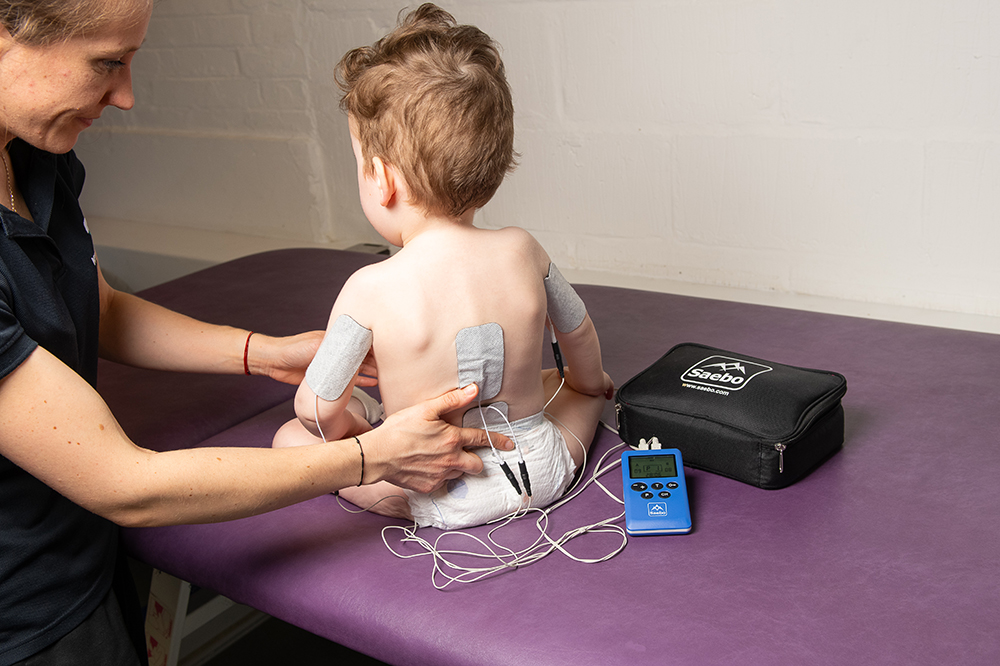
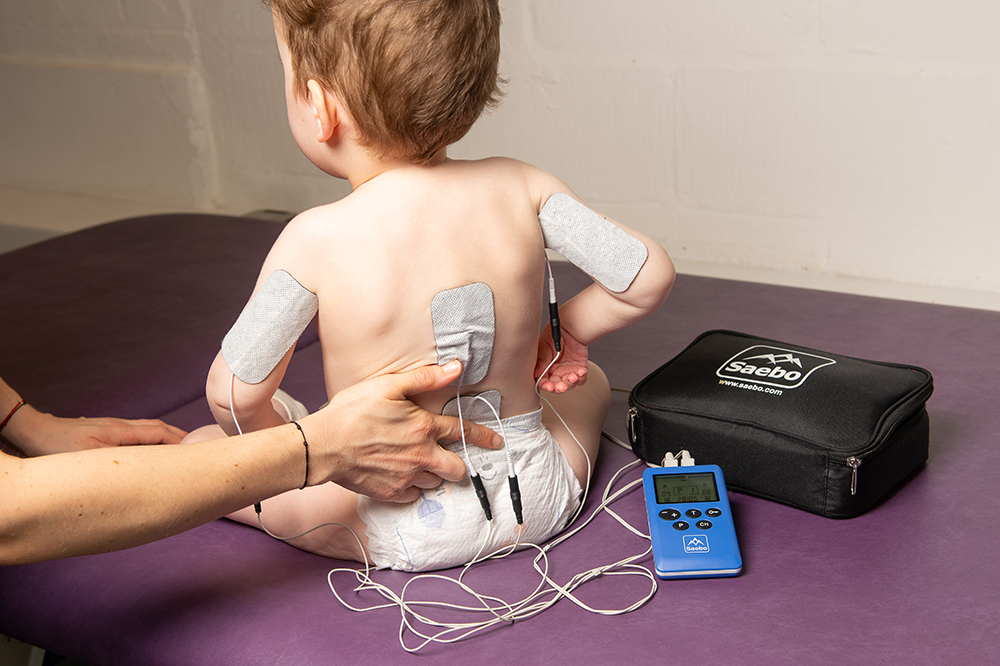
What are the benefits of Electrical Stimulation?
When a child participates regularly in an electrical stimulation program, it may help speed recovery of the muscles that are being treated. Electrical stimulation can help:
- Build muscle strength and endurance.
- Manage and minimize pain.
- Improve blood circulation.
- Increase sensation
- Improve the quality of movement
- Wake up certain group of muscles
Electrical stimulation is a treatment that our team can train you to continue at home, too, which supports your child’s progress.
Not all Electrotherapy modalities are suitable for children and so your specialist Physiotherapists will determine the most appropriate treatment. The type of electrotherapy treatment your child receives will also be dependent on their clinical presentation.
Spinal electrical stimulation
Spinal electrical stimulation is achieved through the use of an electrical stimulation unit providing electrical current through electrodes applied over the spinal cord and a targeted group of muscles specific to stimulate muscle movement. The e-stim unit gives electrical impulses from the lower back to the legs, like nerves would do to activate muscles. The muscles will contract in response.
Benefits of the spinal stim:
- Increase blood circulation
- Increased sensation
- Increased movements due to the new group of muscles being activated
- Increased strength in weakened trunk or leg muscles
The practical difference between the two techniques is that in Spinal Electrical Stimulation, the electrodes are placed over the spine and uses transcutaneous electrical stimulation through the spinal cord and its peripheral nerves and modulate the spinal reflex of the lower limbs to activate sensory-motor fibres of the anterior/posterior root. For Functional electrical stimulation the electrodes are applied over the
Most commonly, Functional Electrical Stimulation (FES) and Spinal Stim is used by our specialist physiotherapists at KPL.
Netherhouse Therapy Centre (NTC)
Netherhouse Farm, Sewardstone Road, Waltham Abbey, London, E4 7RJ
Highams Park (KPL)
1 Clivedon Road, Highams Park, E4 9RL
T: 07950 381408
E: info@kidsphysiolondon.co.uk
